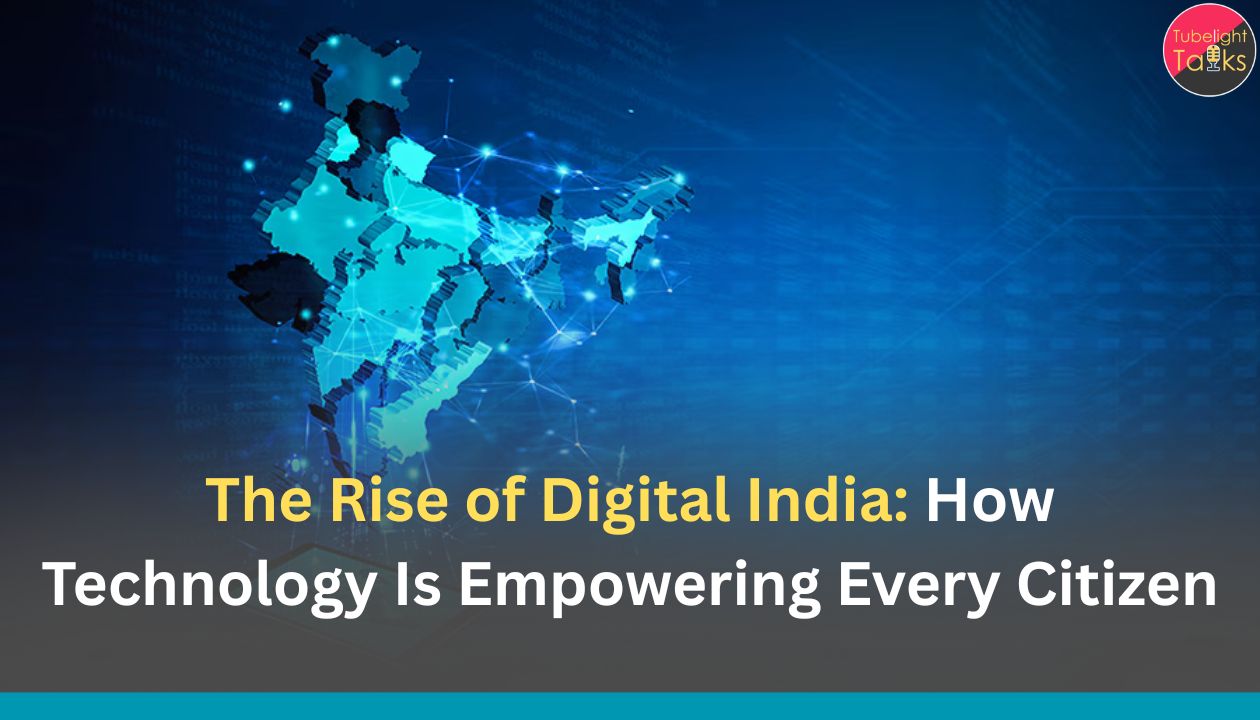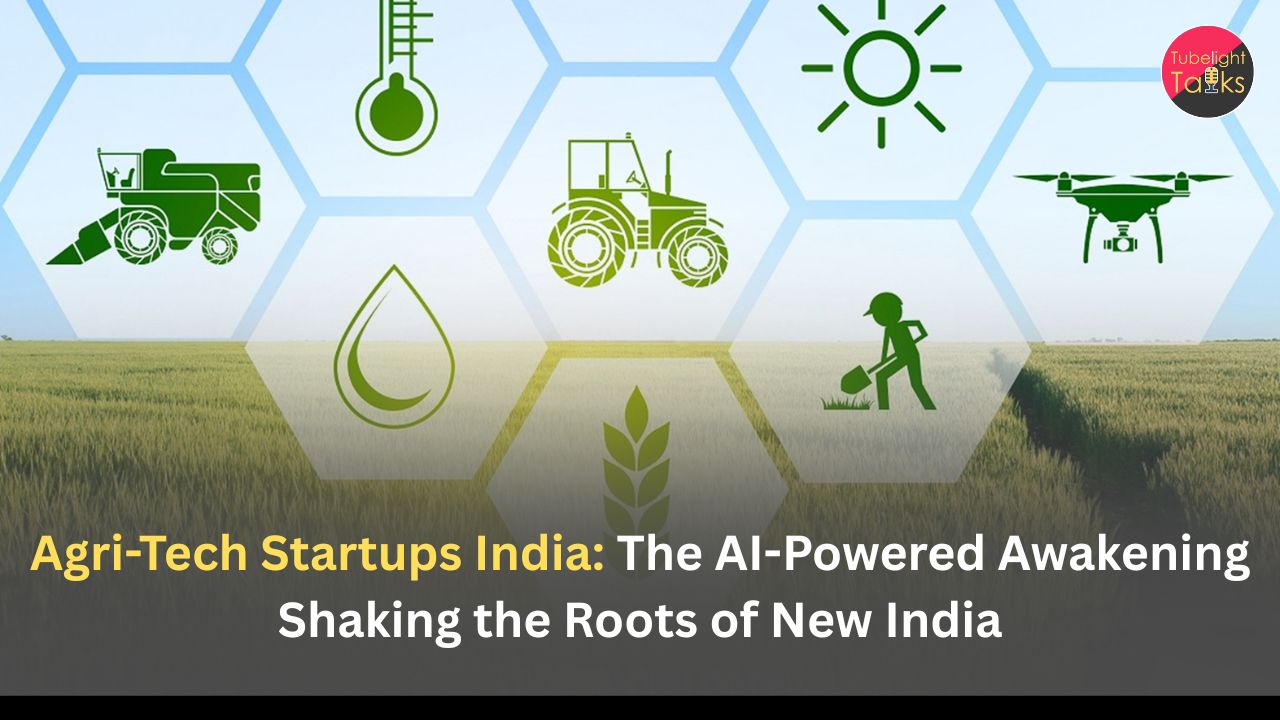The Rise of Digital India: India is undergoing a digital revolution that is reshaping every corner of the nation — from bustling cities to remote villages. With the launch of the Digital India Mission, the government aimed to transform India into a digitally empowered society and knowledge economy.
A decade later, that dream is becoming a reality. Today, technology is not just a convenience — it’s a bridge to empowerment, equality, and opportunity. From farmers using mobile apps to check crop prices to students attending online classes in rural areas, the wave of Digital India has touched millions of lives.
The Vision Behind Digital India
Launched in 2015, the Digital India Mission was built on three core pillars:
- Digital Infrastructure as a Utility for Every Citizen
- Governance and Services on Demand
- Digital Empowerment of Citizens
These pillars laid the foundation for transparent governance, easy access to public services, and digital literacy across the nation.
The Power of Connectivity
India’s rapid internet expansion has been revolutionary. With affordable smartphones and one of the world’s lowest data costs, over 800 million Indians are now online. This connectivity has empowered:
- Students, who can access e-learning resources.
- Entrepreneurs, who can market their businesses globally.
- Farmers, who can sell produce directly and access government schemes.
- Citizens, who can make digital payments instantly through UPI.
Digital Payments — A Financial Revolution
One of the greatest achievements of Digital India is UPI (Unified Payments Interface) — a system that has made India a global leader in digital payments. Transactions worth billions of dollars happen daily with just a few taps.
From local tea stalls to luxury stores, every merchant is now a part of the digital economy. This inclusion has not only reduced corruption and cash dependency but also brought financial independence to millions.
E-Governance and Transparency
Digital India has transformed government services. Initiatives like:
- DigiLocker — for digital documents
- Aadhaar — for identity verification
- UMANG app — for accessing over 1000 government services
- e-Kranti — for e-governance
have made bureaucracy faster, more transparent, and citizen-friendly.
Citizens no longer have to stand in long queues for certificates or subsidies. Everything is available at their fingertips.
Education and Empowerment through Technology
Digital India has democratized education. Platforms like SWAYAM, DIKSHA, and e-Pathshala have opened doors for millions of learners. During the pandemic, this digital foundation helped India continue education through online classes.
Moreover, digital literacy programs such as the Pradhan Mantri Gramin Digital Saksharta Abhiyan (PMGDISHA) are ensuring that even those in rural areas become digitally confident citizens.
Bridging the Rural–Urban Divide
The true success of Digital India lies in rural inclusion. Internet-enabled villages, online healthcare consultations, and mobile banking have brought urban-level facilities to rural regions. Farmers now check weather forecasts and connect directly with buyers — empowering them financially and socially.
Digital India is not just about technology; it’s about social transformation. It is helping build a nation where every citizen has access to knowledge, opportunity, and dignity.
Technology for Humanity
Saint Rampal Ji Maharaj teaches that the purpose of human intelligence is to serve humanity and connect with the Supreme God. Technology, when used righteously, becomes a tool for compassion — not just convenience.
Through initiatives like Annapurna Muhim, where the goal is roti, kapda, siksha, chikitsha aur makan har gareeb ko dega Kabir Bhagwan, we are reminded that real progress is when no one is left behind.
Digital India, when guided by spiritual values, becomes more than innovation — it becomes a pathway to equality and divine service.
FAQs: The Rise of Digital India
Q1. What is the main goal of Digital India?
To empower citizens by providing digital access to governance, education, finance, and communication.
Q2. How has Digital India impacted rural areas?
It has provided internet connectivity, online education, and digital banking, reducing the rural–urban gap.
Q3. Why is UPI considered a success story?
Because it made digital payments instant, secure, and available to all — including small merchants and rural users.
Q4. What challenges does Digital India face?
Digital illiteracy, data privacy concerns, and lack of infrastructure in remote regions remain challenges.
Q5. How can spirituality guide technology?
By using innovation to uplift the poor and promote equality, as inspired by Saint Rampal Ji Maharaj’s teachings of selfless service.










